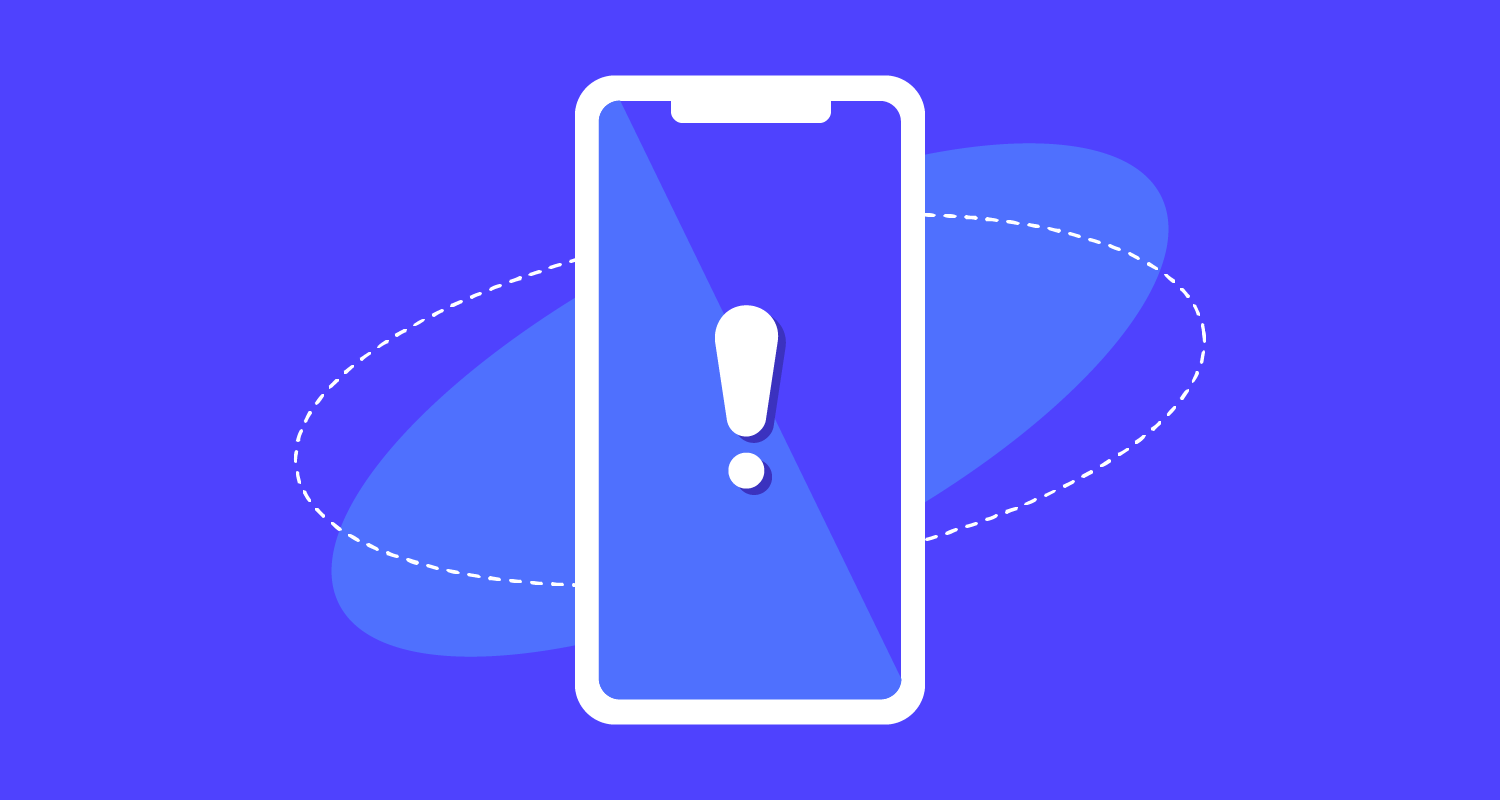Mobile app development is an exciting yet complex process that requires careful planning and execution. Avoiding common pitfalls early can save you time, money, and frustration. Below are five of the most frequent mistakes made by developers and businesses—and how to steer clear of them.
1. Skipping Market Research and User Analysis
One of the biggest mistakes is launching an app without thoroughly understanding the target audience and market needs. Without this, your app risks missing the mark, resulting in low user adoption and poor engagement.
Before development begins, invest time in researching competitors, user preferences, and pain points. Define user personas and validate your app concept through surveys or prototypes. This ensures your app solves real problems and appeals to your audience.
2. Overloading the App with Features
Trying to include every possible feature at launch often backfires. Feature bloat can complicate the user experience, increase development time, and cause performance issues.
Focus on your app’s core functionality—the “minimum viable product” (MVP)—that delivers value immediately. You can always add features later based on user feedback and analytics. This approach speeds up time-to-market and improves usability.
3. Ignoring Platform Guidelines and Best Practices
Each platform (iOS, Android) has its own design principles, UI standards, and development guidelines. Ignoring these can lead to rejection during app store review or poor user experience.
Make sure your app follows the official Human Interface Guidelines (Apple) or Material Design (Google) standards. Adhering to platform conventions helps create intuitive and consistent experiences that users expect.
4. Neglecting Testing and Quality Assurance
Insufficient testing leads to bugs, crashes, and negative reviews that can quickly kill your app’s reputation. Testing on multiple devices, operating system versions, and network conditions is crucial.
Implement a robust quality assurance process including functional, performance, usability, and security testing. Automated tests and beta testing with real users help catch issues before launch.
5. Poor Post-Launch Support and Updates
Launching the app is just the beginning. Failing to monitor user feedback, fix bugs, and release regular updates results in user churn and loss of trust.
Plan for continuous improvement with analytics to track user behavior and app performance. Actively engage with your users, respond to reviews, and deliver timely updates with improvements and new features.


No responses yet